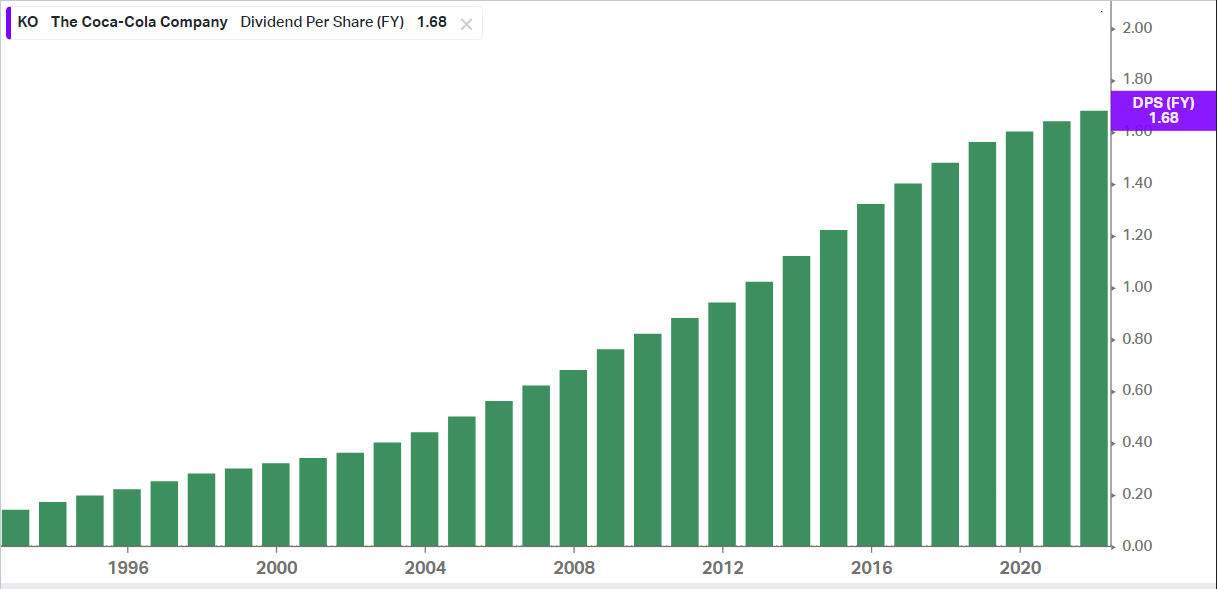First of all, a big thank you, I wasn’t expecting we would get to 100 members this quick. I hope you are enjoying the articles, I really put time into them. If you have any question or feedback, you can always DM me through Twitter.
In previous articles we discussed how companies grow, how can they sustain and protect their growth, good practices for investors and a lot about market dynamics. This one will be about how do these companies return value for their shareholders.
Do they have to?
It seems nothing but logical to answer this question before diving into the subject. Equity is used as capital raised by a company, which is then used to purchase assets, invest in projects, and fund operations. It represents the value that would be returned to a company’s shareholders if all assets were liquidated and all of the company's debts were paid off.
Now covered the liquidation scenario, a company is not necessarily obligated to return value to shareholders, but their interests are always contemplated when decisions are made. Shareholders’ interests rely in Management, Employees, the SEC and, the key responsibles, the Board of Directors.
A company’s Board of Directors is generally made up from insiders of the company as well as outsiders. The role of this entity is to “act as an advocate for shareholders and monitor the corporation's management team to ensure that they are promoting and maximizing the shareholders' interest.”
Methods for a company to return actual value
A company’s regular activities imply them, in simple terms, to sell their product/service and pay for the costs of running the business. There are several types of costs, from operative to financial ones. Yet, once all of them are covered, and assuming a profitable business, the company ends up with profit at hand. Therefore, it has to make a decision over what to do with this profit. Among the possibilities it has to tangibly return value to shareholders:
Dividends
The most traditional and known tool a company can employ to provide its shareholders with real value is by distributing Dividends. They are essentially a sum of money paid to shareholders according to the number of shares they own. The featured image reveals the dividends you would have gotten per share of Coca Cola you owned in each year.
Repurchase of Common Stock
A public company’s Market Capitalization is the price per share multiplied by the amount of shares in circulation. Also known as buybacks, a company can employ part of the money it made in a given year to buy back shares from the market. This operation reduces the number of stocks in circulation and, assuming the market capitalization remains unchanged, it would imply a tangible appreciation in each share. The image illustrates perfectly the dynamic of how repurchasing common stock affects shares outstanding.
Increase in Future Expectations
This is a more open avenue a company could take to return value for its shareholders. The result is an appreciation in the appraisal of the business by the financial community or an actual inorganic boost to earnings.
Acquisitions: By acquiring another company, an enterprise ‘adds’ revenue/operating income/net income, as well as a new business unit with its own future cash flow. This could consequently inflate its future expectations and would imply a higher revenue per share and, in profitable occasions, a higher earnings per share.
Regarding the subject, beware of cash misusage and issuing stock for the acquisition. A cash misusage is a waste of it and an issuance of stock does the opposite to what a buyback does.
Investments to reduce costs: A company can increase the profit it makes by either growing revenue or by reducing the necessary costs to produce that revenue. Watch how Texas Instruments got to increase net income in a much more notorious way than it grew its revenues (net income increased more than 6x while revenues grew 2x).
Reinvestment in the company to produce more profit in the future: As stated above, a company can increase its earnings by growing revenue. Therefore, management can decide to utilize cash flow to further enhance topline’s growth. This is what Tesla has done for the past decade. Although the company lost money on a net income basis, it utilized as much cash flow possible to boost its revenue. Doing so, it got to grow revenue by more than a 100x in 2012-2021.
Personal Commentary
Hope you enjoyed the article! In the coming weeks I’ve several topics to cover. Among them: how to read a financial statement, how to detect business financial fragility, how to read the most important SEC Filings, inflation, and some more. Still don’t know in which order will I publish them.







